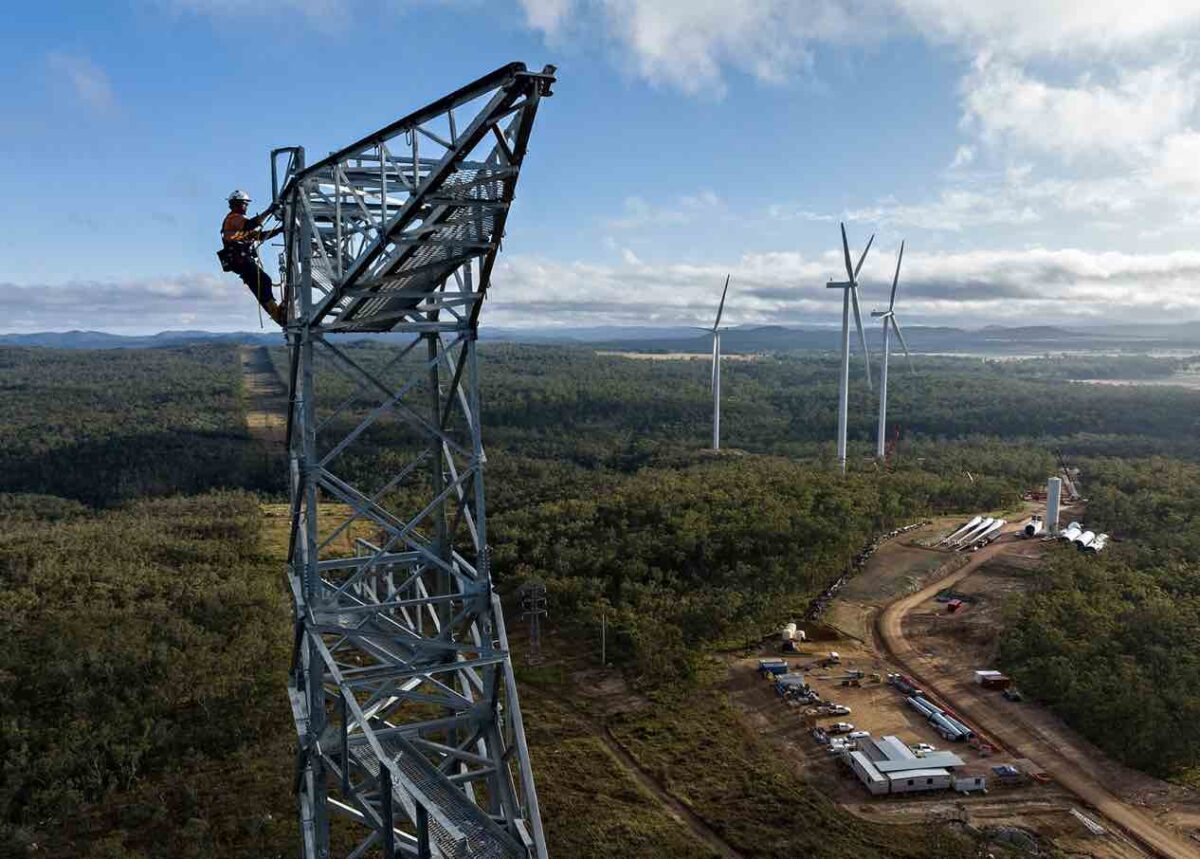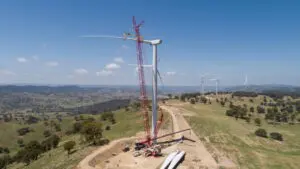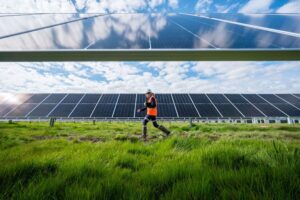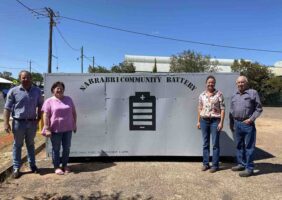The Australian Energy Market Operator has confirmed it will model three scenarios in the next version of its 30-year planning blueprint for the transition to renewables, although it says that transmission costs have soared by around 30 per cent.
AEMO’s Integrated System Plan was first released in 2020 and was the first document to make a detailed plan of how the country’s main grid could transition to 100 per cent renewables, and then beyond to multiples of that as the country embraced the possibility of green energy exports.
The ISP document is largely focused on transmission needs, and in its last iteration in 2022 modelled the need for 10,000kms of new transmission lines – some of which are facing social licence issues.
A new report laying the groundwork and assumptions for the 2024 ISP is accompanied by a new document that has a “conceptual” map of even more transmission lines as the country seeks to link vast resources of wind and solar to meet the electrification of transport and industries, and the growth of green hydrogen.
The last ISP released in 2022 modelled four scenarios and landed on “step change” as its central, or most likely outcome.
That scenario included a forecast of 82 per cent renewables by 2030, which has since become the federal Labor government’s adopted, but not legislated, target. It is now a key part of all new scenarios, with the differences largely around the pace of electrification and green hydrogen.
The new ISP, to be released in 2024, will model only three scenarios, according to the Inputs, Assumptions and Scenarios report that was released on Friday – “Progressive”, “Step Change”, and “Green Energy Exports.
AEMO’s head of system design Merryn York says “step change” will be based around the existing scenario, and will model a rapid switch to EVs, a large amount of “orchestration” of distributed assets (with smart inverters), and significant amounts of electrification and green hydrogen use in domestic industry.
“Green Energy exports” will model an “extremely rapid transformation” of Australia’s energy sectors, including a very strong use of electrification, and biomethane. It downplays the “green hydrogen” potential in the previous “hydrogen superpower” scenario, which is why it is renamed.
“Green Energy Exports,” however, is the only one of the three scenarios consistent with global efforts to limit average global warming to 1.5°C. As the table below shows, it assumes a near trebling in electricity consumption out to 2040.
York says the “Progressive” describes the country’s current Paris climate obligations, including the 43 per cent emissions reduction target for 2030, but models problems and challenges in supply chains and higher technology costs.
A “slow change” scenario was to be included but has been dumped given the accelerated policy initiatives introduced by state and federal governments over the past two years.
York says the Inputs, Assumptions and Scenarios report, which includes assumption on technology costs and developments, was arrived at after consultation with industry and stakeholders over the last 12 months.
“Stakeholders had an overwhelming response to ensure we considered scenarios that reflect the targeted rapid decarbonisation of the energy sector and pathways to achieve net-zero emissions across the economy,” she said in a statement.
“The three scenarios reflect growing policy and public commitments to a net-zero economy, while retaining a wide breadth of energy futures to investigate power system needs and transition impacts.”

However, another document released by AEMO at the same time – Transmission Expansion Options Report – envisages even more transmission links across the main grid and towards wind and solar centres, while at the same time noting that transmission costs have blown out considerably since the last report.
This map above includes possible new renewable energy zones, both onshore and offshore (blue), plus transmission lines – committed, actionable and conceptual options. The darker lines represent the latter, and largely criss-cross inland regions.
AEMO insists that this is only a concept, but it does give some indication of the sort of transmission capacity that will be required in the most rapid green energy transition scenarios.
It does note, however, that there are “non network” alternatives such as battery storage, and the rollout will also be highly dependent on both costs, and social licence.
It also addresses the issue of overhead and underground transmission cables. Some experts have insisted that underground high voltage cables can provide a positive alternative, even if they can cost more.
AEMO, however, appears unmoved, insisting that the costs of underground cables are four to 20 times higher than overhead lines. “Direct buried cables are at the lower end of this range, while tunnel-installed cables are at the upper end,” it says.










